By Deba Uwadiae and Okon Ekpenyong
Morakinyo A.O. Kuti, Ph.D., was named the 10th President of Central State University during a ceremony on February 9, 2024, at the University Student Center. Kuti currently serves as vice president for Research and Economic Development and director of Land-Grant Programs. Dr. Morakinyo Kuti arrived “on this beautiful campus on April 1, 1982, with the intension of finishing my undergraduate degree in three years, get my MBA in another year and a half and head back to Nigeria by 1986. Well, events happened and I am here 42 years after,” he told the New Americans magazine Team of Deba Uwadiae and Okon Ekpenyong in an exclusive interview at the CSU campus.
Central State University
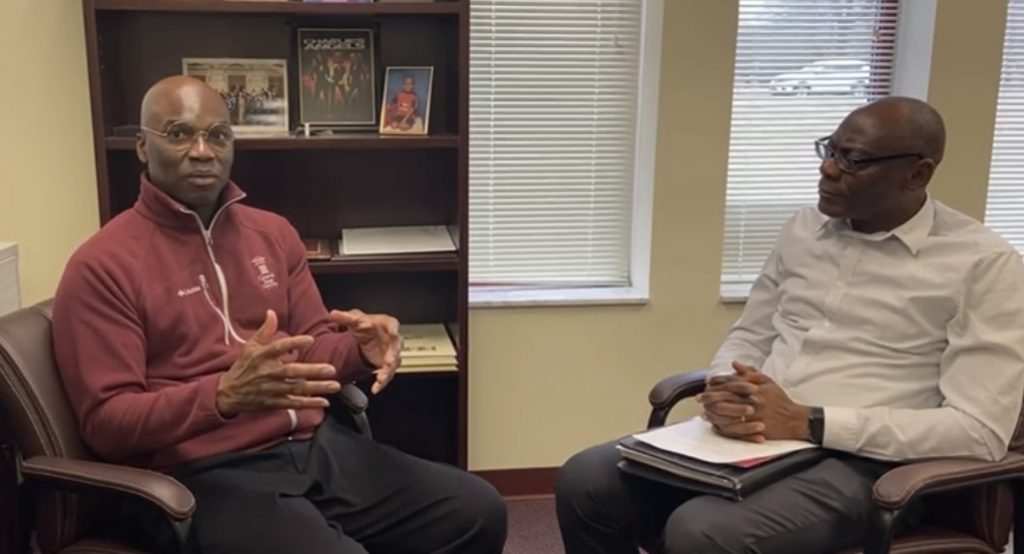
In 1981, my father decided that my brother and I were going to the United States to study because of the educational situation in Nigeria. As a Nigerian man, your father sets certain guidelines and tells you things; it is not a discussion. He said you guys are going to the States to study, but if you tell anybody that you are going to the States to study you are not going. I had an uncle that worked at the University of Maryland in College Park and one of my dad’s friends had attended Ohio State University and had taught summer school at Central State. My dad said, “you are going to get applications from both universities, University of Maryland, and Central State University and whichever one admitted you first that is the one you are going”. We filled out the applications and sent them in. The admission letter of the Central State University came first, like about a couple of weeks before that of Maryland.
In those days, you have to process the visas and go to the bank to get the payment. In my particular case the Central State University admission office was more efficient than the University of Maryland. That is why I ended up in Central State University.
CSU Alumnus
I was a student under the first alumnus to be President of the Central State University – Dr. Arthur Thomas (Passed on 2024 February 8). When I came, he was the Vice President for Academic Affairs. Dr. Lionel H. Newsom was the President. Dr. Newsom retired in 1984. Dr. Arthur Thomas first graduating class was in 1985 and I was in that Class. Dr. Thomas’ Presidency ended in 1994. We went through a couple of interim Presidents, and Dr. John W. Garland, another alumnus became President. He was there for 14years, then we had Dr. Cynthia Jackson-Hammond who became President for 8 years and then we had Dr. Jack Thomas for three years. We’ve had interim President Dr. Alex Johnson, and I came in now as term President.
I was a student under Dr. Arthur Thomas and when I came back to work in the school Dr. Thomas was still the President. That was how I became very close to Dr. Arthur Thomas. Even after he retired, we were still very close, as a student and as a staff member that served under him.
In fact, I have had great relationship with every university President that I have worked with. I got calls from all of them the day I was appointed.
Plans
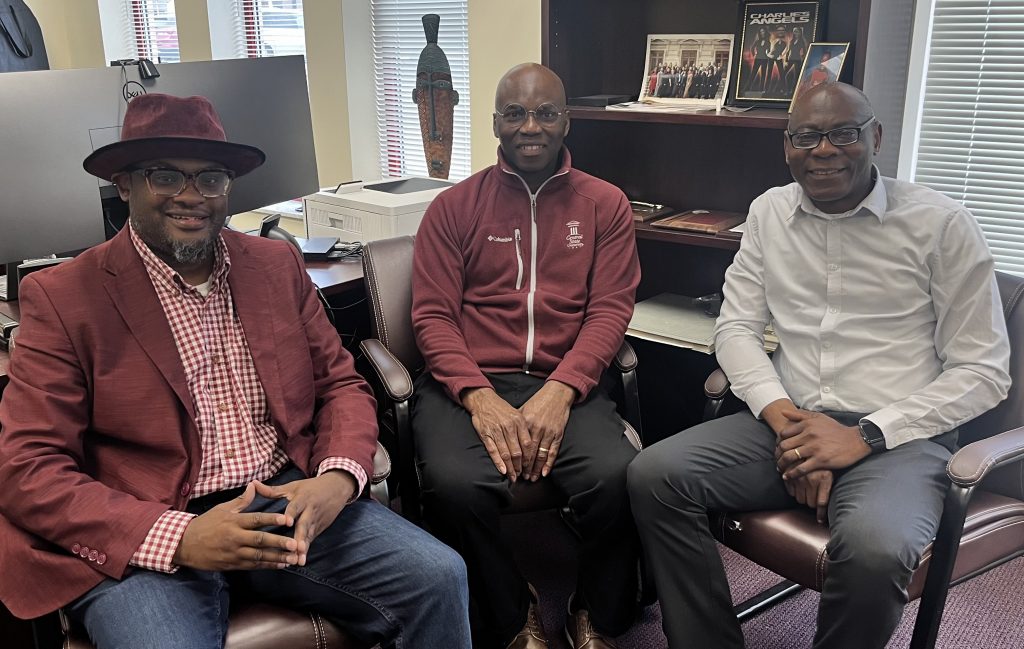
One of the things I was careful about during the search process was that I don’t have any numeric objective for the university. But that’s deliberate. Our vision as a university is to become a premier university. The question is what does that mean? What I told the Board of Trustees was even though I have been here for over 30 years I have had a sliced view of the university; I have never been president. For you to make a proclamation as to what happens university wide, you need to sit behind the desk.
I advised the Board that we are going to grow our enrolment, we are going to increase our retention and graduation rate. We are going to fulfil our mission as land-grant university through research and extension and we are going to improve the quality of students’ experience. And that we are going to develop that after I become president. One of the first things I was going to do is that we are going to do strategic planning for the university. It is part of the process; looking at the surrounding areas, looking at what are the opportunities that we have, what are the challenges that we face, what kind of academic programs do we have, what kind of extension program that we have, what kind of students are we going to attract? It is after we gather that evidence that we will then make our informed decisions as to what our specifics are that we are going to achieve.
We are going to enroll more students, graduate more students, expand our extension programs, expand our research services, increase the quality of students’ academic experience but we need to use evidence to arrive at how we would quantify and measure that.
Land-Grant University
Central State is part of Land-Grant Universities, what we call 1890 Land-Grant Universities. Land-Grant Universities was first started in 1862 when the federal government gave land to each state and each state sold the land to establish public universities. The purpose of the land-grant was so that universities could share their knowledge with the communities around them. In those days, universities were considered elitist. When the government gave each state land to establish a public university at the time, you’ve got an obligation to educate everybody. But in 1890, there were some states that, by law, African Americans could not attend a public university. They were not allowed. So, they passed the 2nd Morrill Acts of 1890 to establish the 1890 Universities in states where blacks were not allowed to attend a university.
Central State University applied then, although in Ohio there was no specific law barring African Americans from attending college, African Americans were effectively not allowed to go to college, at Ohio State. We were granted a Land-Grant by the Ohio House. But when it came to the Ohio Senate, the Ohio State University and their political allies crashed our efforts to become a Land-Grant University. Fast forward, 125 years after, it was actually a couple of federal officials like Terry Cosby and Vivian Dickson who advised our then President John W Garland that Central State should look into the possibility of reapplying for a land-grant designation.
We started the process in 2010. When we started it, Ohio State University became a strong supporter of Central State application for a land-grant. Once we received the Ohio State University support, we got the support of the Ohio House, Ohio Senate, Ohio Governor, and we received the support of the two United States senators from Ohio. Now we had to face the 1890 land-grant universities that were benefiting. The funds were distributed to 18 universities. The assumption was if you add another university the pie will be sliced small. But we were able to persuade them that because of the two Ohio Senators the pie will actually get bigger. The pie got bigger, and we were designated as a Land-Grant institution in 2014 and we started receiving funds in 2016.
As a Land-Grant university, we get capacity funds to do research and extension. We now receive about $20million between research and extension as a land-grant university to carry out specific issues.
The United States Department of Agriculture, USDA identified some critical issues in the food and agricultural industry that we need to work on. We have to address those issues on the research side and also on the extension side to improve people’s lives; and on the academic side to provide infrastructure for students to become more successful in the food and agriculture areas. The land grant designation is for us to improve the lives of citizens around us through education, research, and extension services.
Employability
It is not happenstance. The United States Department of Agriculture, USDA has a strategic plan. They do a survey and assessment of the entire country. They look at what is lacking in the food and agricultural industry. What is lacking, what is needed and how do we address it? Then the universities will look at the strategic plans and look at areas we can address. One of the critical areas for USDA and the food and agriculture industry nationwide is that there is a shortage of workers. When we come up with our plans for education, research, and extension it is because we are focusing on needs that have been identified as necessary. So, when students graduate from sustainable agriculture, and focus on specific programs it is because we are targeting areas needing help. USDA, the agency itself, is going to experience a great resignation cliff, where there are a lot of people at their retirement age. If they retire as they are expected there is going to be a shortage of workers.
One of our primary funding agencies is the National Resources Conservation Services, NRSC. That agency right now is short of 4,000 workers. Every undergraduate student that graduates with a Soil Science Degree gets snatched up the NRCS. When we graduate students, it is because we are following a strategic plan as to where there is a need. We conduct research and provide essential services to address specific things that have been identified by USDA and other agencies as needed.
Technology
We are a state-funded institution. A significant portion of our funding is from the state of Ohio. We work on different levels. We are funded primarily through the Ohio Department of Higher Education. Our IT department also works with OH-Tech, Ohio Technology Consortium. They help us by providing storage for our IT needs, they come to campus to put up our IT infrastructure. We work with the state on multiple levels when it comes to IT on different streams. It is not just one particular area. Recently, we received a grant from the State of Ohio’s RAPID (Regionally Aligned Priorities in Delivering) where they gave us $800,000 to improve our IT department environmental engine area.
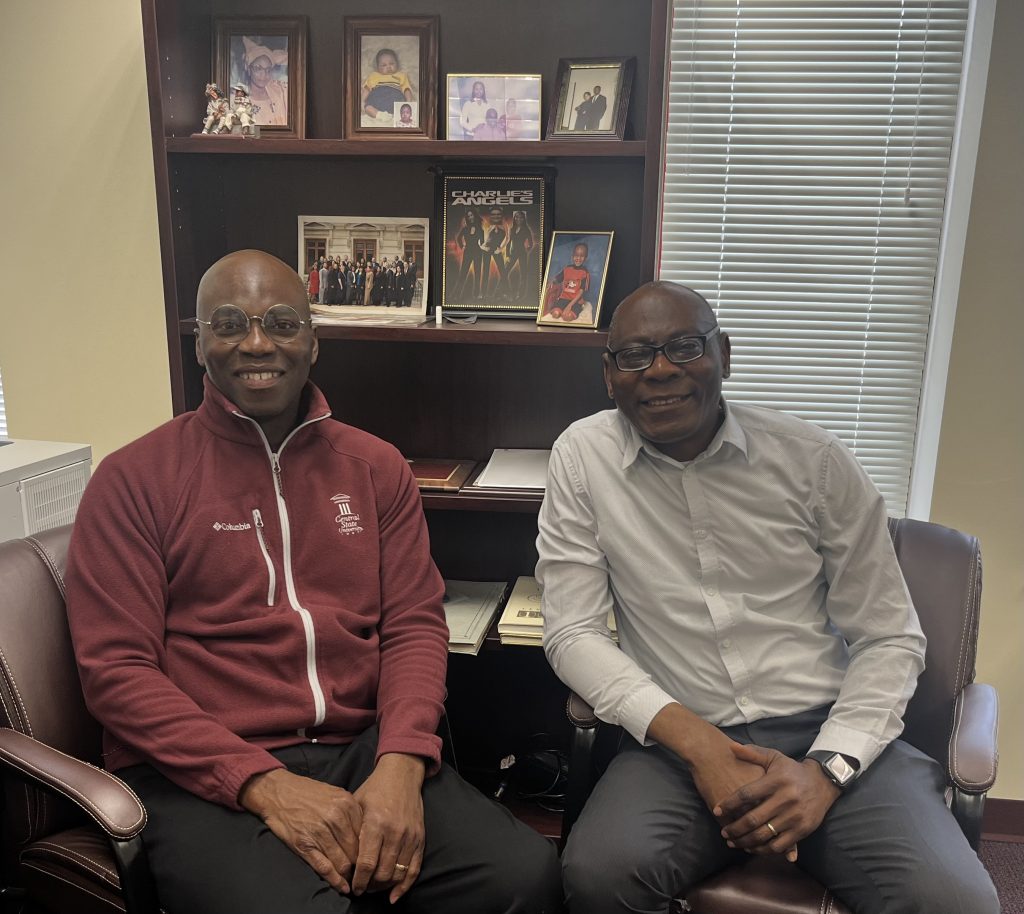
Intel is investing $20 billion in a factory near Columbus, Ohio. We are fortunate to be one of the eight higher institutions that received grants from Intel to establish three important things. They are a Certificate in Semi Conducting, there is also a Minor that we are going to establish, and over the summer, CSU, along with students from Wright State and some other institutions will come to our summer internship program to get them ready to go into the Intel workforce.
Acceptance
It’s been great. The current Interim President, Dr. Alex Johnson and I are very close. He has been very supportive of my ascendancy to the Presidency. And for people on the campus, if you’ve been here for over 30 years, people will pretty much know who you are. I am very comfortable. I have received a lot of warm wishes, and I am excited about working on the university campus.
Programs
If you want to come to a natural environment where you will be welcomed, where everybody knows your name, this is the place. We are a small enough environment where you will know your faculty, you will know your staff, you will know the President, the Vice President and all. When it comes to academic programs, we have programs that are in high demand. If you come and study sustainable agriculture, agro-business, there is a demand for people in that area. We have manufacturing engineering, environmental engineering, business administration, finance, marketing, computer science, and criminal justice. We have all the academic programs that are very relevant to today’s environment. We are also going to start graduate programs in the next 18 months. We also offer a certificate in cyber security. We have a multitude of programs. I will encourage people to go to www.centralstate.edu and go to the academic page and they can see each of our colleges and under each of those they will see the type of programs that we have. All the programs are relevant in today’s society.
We just launched last week online certificate programs where people can entirely study online. This time there is no charge in over 30 areas of employment that have been approved by companies like Google, Meta, IBM, CBS. And that if you get these certificates or credentials, you are more employable by these companies. If you go to www.centralstate.edu, type in workforce training in the search engine. Right now, they don’t have to pay. It may not be available in two months from now. It is better if they enroll now.
Population
We have about 1700 students, traditional and we have about close to 1700 online and of the traditional students, almost about 1200 stay on the campus.
International Students
For those of us that came in the 80s the CSU population then was about 2500 students, and I will say that we were at least about 500 international students and the Nigerian students were about 150. Next to the Nigerians were Arabs and we have some other small African students. Now we have about 300 international students, and they are mostly from the Bahamas because we have a special agreement with the Bahamian government for Bahamian students to come and study at the Central State University. We have a rich tradition of international students.
HBCU
We are very diverse and open. Right now, because of our online student population we are about 50 percent minority students when you consider the entire student population. When you are on campus, we are about 95perent African American but when we look at the total population, we are about 50 plus percent African American.
Insurance, Safety and Mental Wellbeing of Students
This is an area and focus that has greatly improved, especially after COVID. Central State students, like many other students across the country, experienced great challenges during the COVID reengaging back into the process and isolation. We are fortunate to have a university counselling center that serves our students 24 hours. We re-invested significantly more resources in that department after COVID. We have invested a lot to make our campus safer both physically and for the mental health of our students. It is something we intentionally targeted. A campus environment is one of the safest places that you can be in the United States. The CSU is a very safe environment.
Diversity
You have to be intentional to do it. When we talk about diversity we are talking about diversity of thoughts where people can express themselves however they chose to express themselves. My vision as a university president is to establish an environment where your outcomes depend entirely on your work ethic. That means that we make sure that your classroom is physically safe, you can express your thoughts, there is no barrier, technological or physical. We want to make sure we create an environment where everybody can thrive and where your success depends on your own work ethic. My goal as President is to do that for every student, every faculty member, and every staff.
Work
Things are getting better. When I went to school we were not allowed to work. Now, if you have a student visa you can work for up to 20 hours a week and get at least minimum pay. You can also get what they call experiential learning and then when you finish school you can get OPT, Optional Practical Training. As an international student my goal was to go back to Nigeria, but circumstances change. What I tell my international students is that you came here for education. Keep your eye on that prize. Work if you can on the campus. If you do well academically, you are more likely to get a scholarship. It is not easy. But the better you do it the more likely you are to get a scholarship thereby you get a relief from your financial burden. As an international student, study because that is what you came to do, work if you can on campus and try and get scholarship if possible. If you decide to stay here to work, organizations that value you will help you get the H-1B visa. But you must be in the right field and must excel academically to make yourself valuable to the company enough that they will help you get your visa. As a university we cannot help students get visas once they graduate. Our role is making sure you come to Central State, get your degree and do as well as you can. If you are an excellent student employers will take care of you if you are looking for a job.
Additional Notes
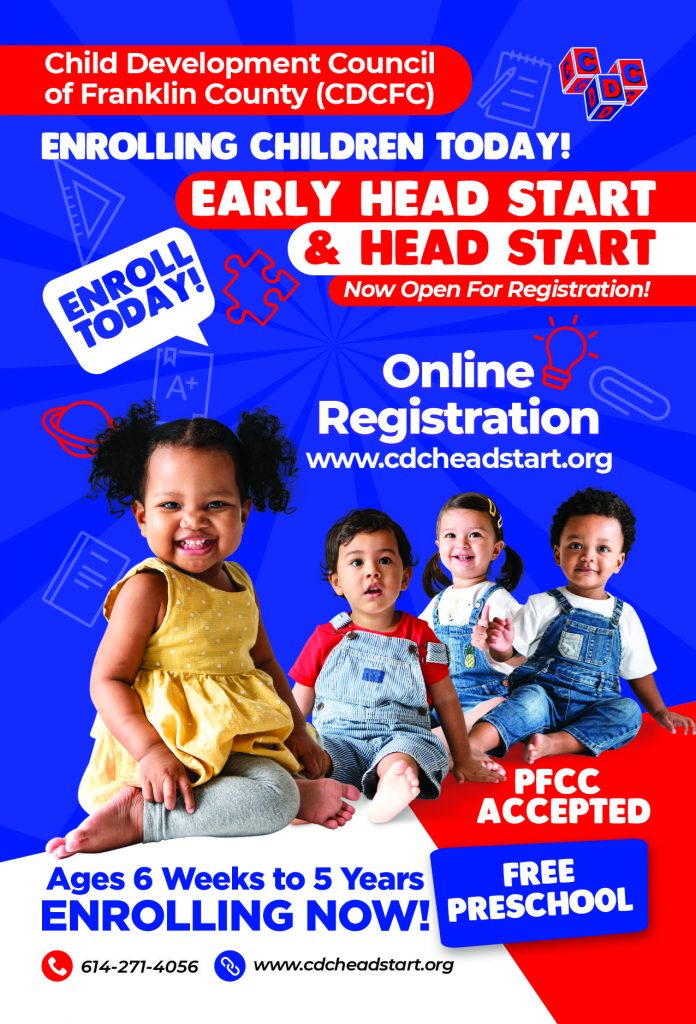
(Optional Practical Training (OPT) is temporary employment that is directly related to an F-1 student’s major area of study. Eligible students can apply to receive up to 12 months of OPT employment authorization before completing their academic studies (pre-completion) and/or after completing their academic studies (post-completion). However, all periods of pre-completion OPT will be deducted from the available period of post-completion OPT.)
Central State University was founded as a place of higher learning for African Americans more than 135 years ago. Even after a devastating tornado in 1974 destroyed most of the campus, CSU emerged with “our spirit unbroken. Today, Central State stands proud as an 1890 Land-Grant University with our eyes on the future.”
Central State arose from Wilberforce University — the nation’s oldest private Historically Black College or University (HBCU) and a prominent stop on the Underground Railroad. Named for British abolitionist William Wilberforce, it was founded by the African Methodist Episcopal Church as a “refuge from slavery’s first rule: ignorance.” Central State University was founded by a community of free Blacks as a mecca of education. Almost a century later, CSU achieved formal university status. Thousands of Centralians have gone on to serve the world with their wealth of knowledge.
Support the New Americans magazine to continue to serve our community with precise news that affect the new American, immigrant and refugee community. https://paypal.com/donate/?hosted_button_id=8LHFS78NRNJJY&source=url

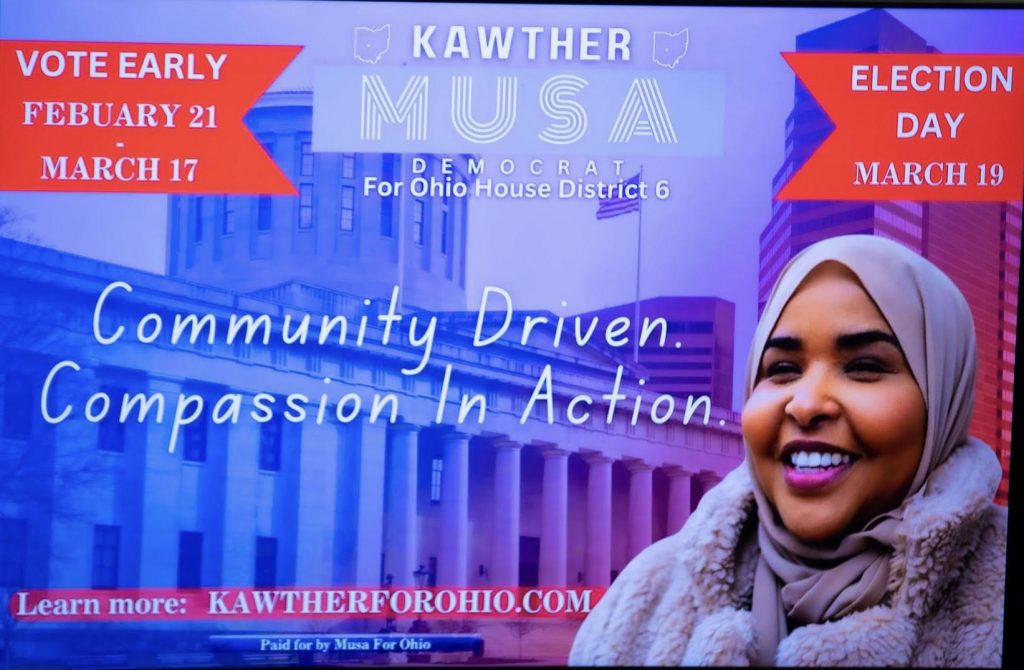


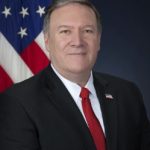
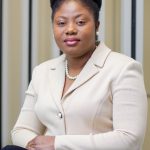























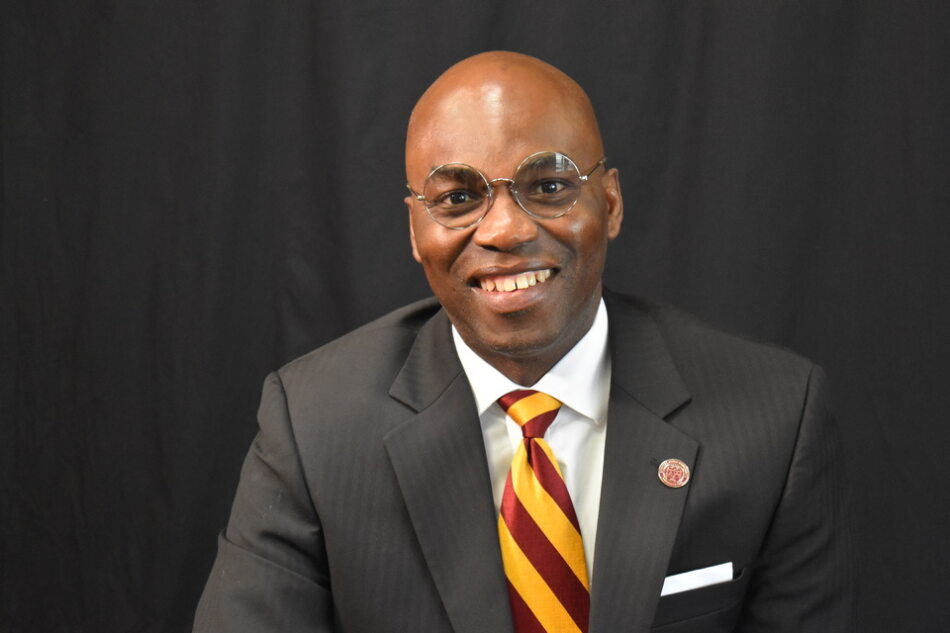

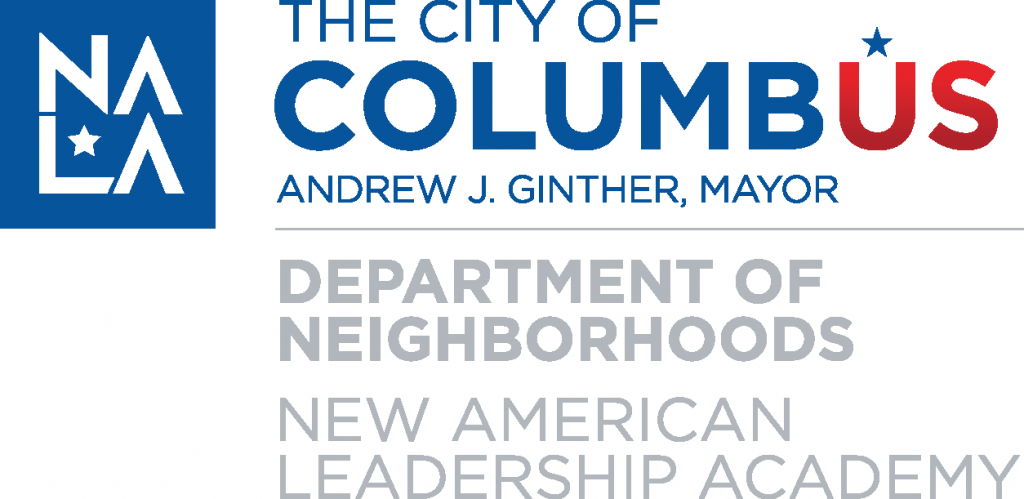


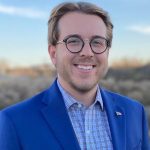

Leave a Reply
You must be logged in to post a comment.